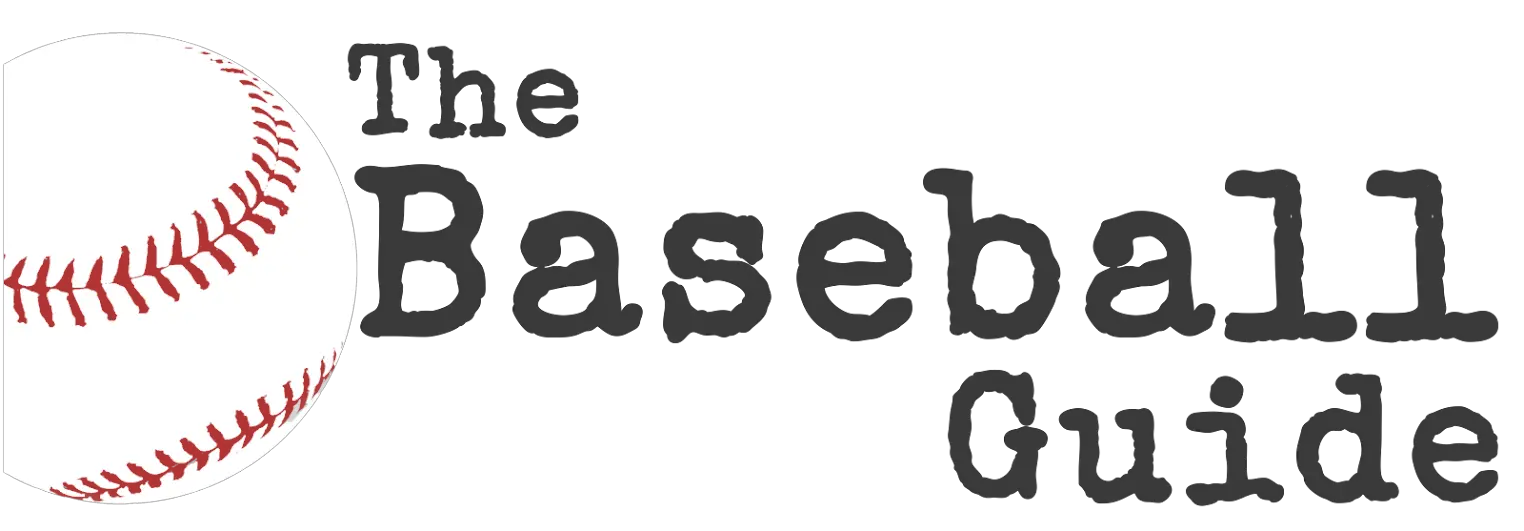Ever found yourselves scratching your head over the term ‘tagging up’ in a baseball game? Well, you’re not alone. It’s one of those baseball jargon that can seem real complicated, but believe me, it’s simpler than you think.
This article is all about ‘tagging up’ – what it means, when it comes into play, and its importance in a game. So, whether you’re new to the sport or just brushing up on your baseball lingo, sit tight and enjoy the ride.
What does tagging up mean in baseball and softball?
In baseball or softball, “tagging up” is a pretty cool rule that can change the game in the blink of an eye. So, here’s what it means: When a fly ball is hit, and you’re hugging one of the bases (let’s say you’re on second), you have to wait until the ball is caught by one of the fielders before you can make a run for the next base. That’s right! You can’t just sprint off to third base the moment the ball is whacked. You gotta “tag up” by staying in contact with your base until the ball is securely in a fielder’s glove. If you don’t wait, and you’re caught out (which is pretty likely, ’cause the umpires are hawk-eyed), you’d be called out. And believe me, it’s a bummer to be sent back to the dugout after you’ve already made it to another base!
Why do baserunners usually avoid attempting to advance on short-fly balls after tagging up?
Well, it’s a bit like playing it safe in a game of tag. Short-fly balls are a bit tricky and can be quickly scooped up by an infielder. This means the time between the ball being caught and it zooming over to the next base is super short. Baserunners typically don’t have enough time to hoof it to the next base before the ball arrives. So, unless they fancy being tagged out, they’re better off sticking to their base. It’s all about weighing the risks and rewards, and in this case, it’s usually a smarter play to avoid risking an out. After all, you want to keep your chances of scoring as high as possible, right?
Managing Baserunners in Tag-Up Situations
When a baserunner fails to tag up on a caught fly ball, they may be called out. To double a runner off, a fielder must touch the runner’s starting base with the ball before the runner returns. If a fielder suspects that the baserunner left the base too early, they can attempt to double the runner off before the next pitch. This is considered an appeal play. If the umpire agrees that the runner did not retouch after the ball was touched by a fielder, the runner is called out and any runs scored are negated. Doubling a runner off is a “time play” and any runs scored before the double-off will count.
Does tagging up count as a stolen base?
A steal occurs when a baserunner advances to the next base while the pitcher is delivering the ball to home plate. In the context of tagging up, it doesn’t fall under the category of a stolen base. Tagging up is a tactic used by the baserunner following a caught fly ball, not a pitcher’s delivery. Therefore, even if the runner successfully advances to the next base after tagging up, it isn’t considered a stolen base. The two scenarios, while both involving the advancement of bases are governed by different rules and contexts in the game.
Can you tag up from second base and score on a foul ball?
In the game of baseball, scoring from second base on a foul ball isn’t typically possible. Once a ball is ruled foul, the play is considered dead, and no runners can advance. However, if a fielder catches a foul ball, it’s considered a live ball, and the runners may tag up and attempt to advance. But remember, the baserunner must retouch or “tag up” on their occupied base (in this case, second base) after the fielder touches the ball and before the runner advances to the next base. However, the distance from second base to home plate is substantial, and it would generally require a very deep foul ball and a slow fielder’s reaction for the runner to have a chance to score. As always, the baserunner, or the third base coach, needs to make a split-second decision about whether it’s worth the risk.
